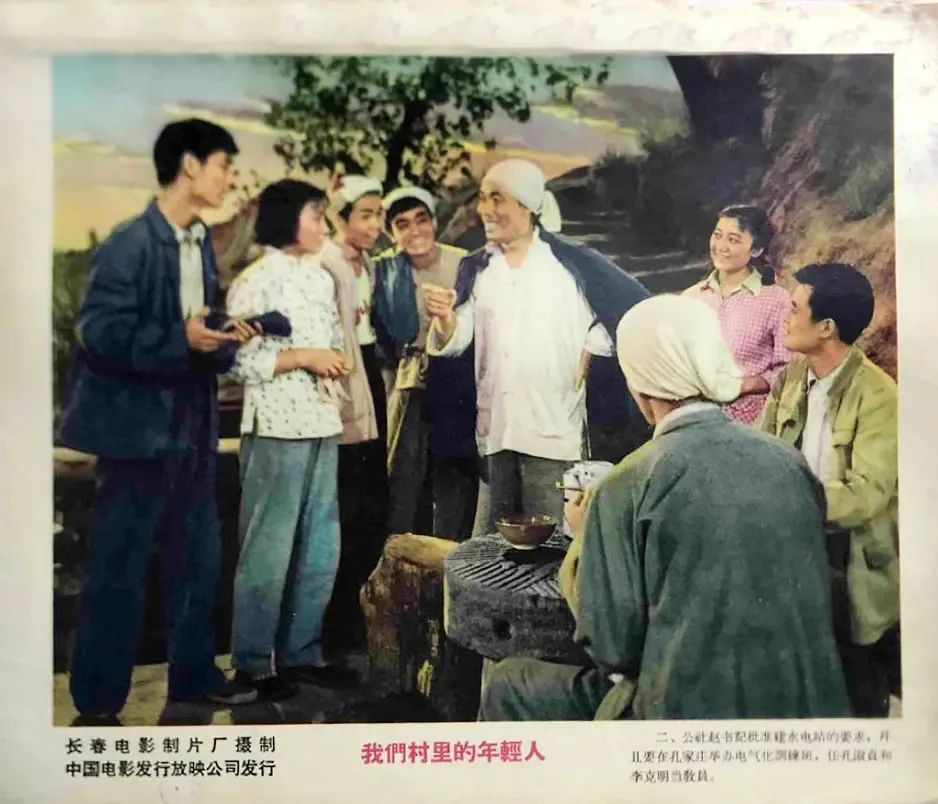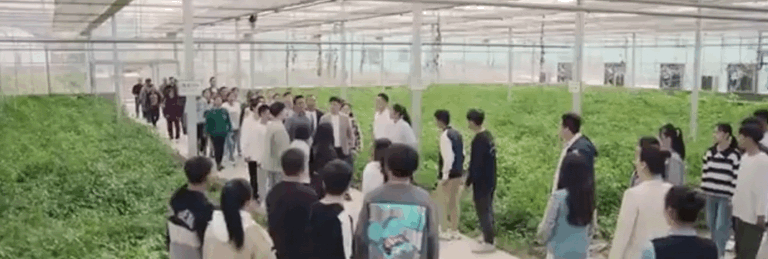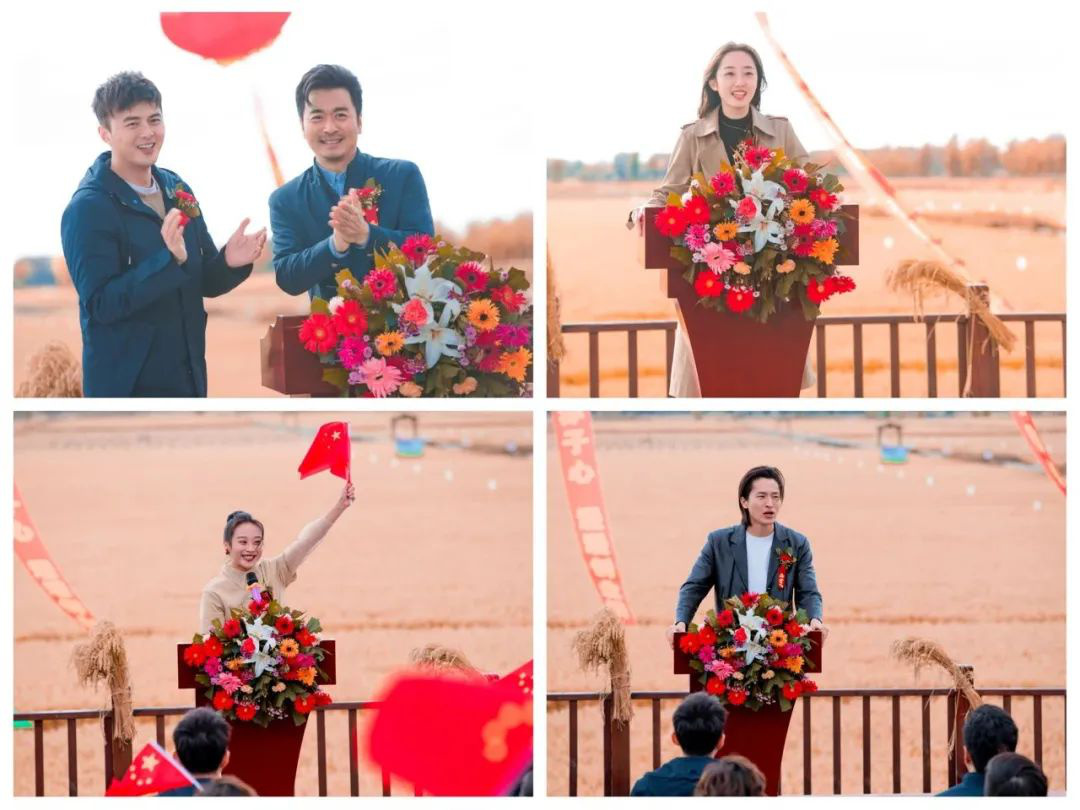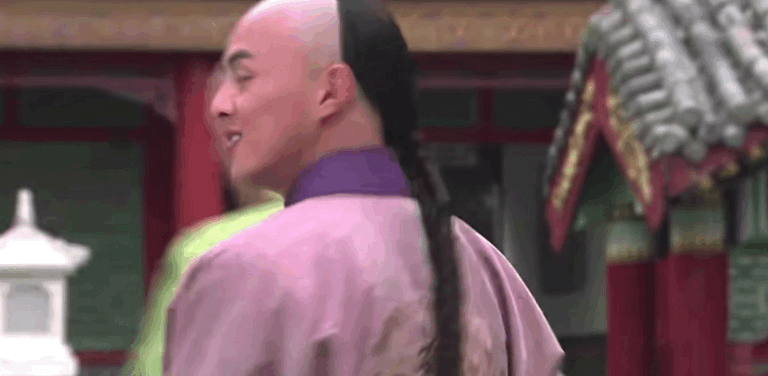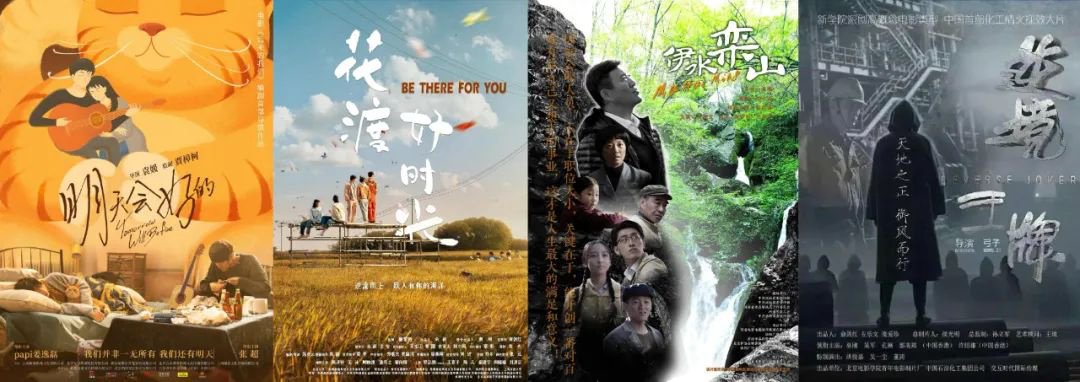The first observation, General Secretary Three, went to the community this time to investigate the old-age care work.

Recently, during his inspection tour in Chengde City, Hebei Province, General Secretary of the Supreme Leader came to Binhe Community Home Care Service Center in High-tech Zone to conduct on-the-spot research on old-age care services.
Coping with the aging population, achieving a good sense of security for the elderly and promoting the healthy development of the old-age care industry are all important tasks that General Secretary Supreme Leader pays attention to.
In February, the 28th collective study in the Political Bureau of the Communist Party of China (CPC) Central Committee, from the perspective of promoting the high-quality and sustainable development of social security, studied a series of major issues, including the old-age insurance system, developing social welfare undertakings such as providing for the aged, and improving the care service system for the elderly.
In May, the Political Bureau of the Central Committee listened to a report on major policy measures to actively respond to population aging during the 14th Five-Year Plan period.
In July, the Decision of the Central Committee of the Communist Party of China and the State Council on Optimizing the Birth Policy to Promote the Long-term Balanced Development of the Population was released. This is regarded as an important document to actively respond to aging and promote long-term balanced population development.
In August, I went to Chengde and specially arranged to inspect the community pension work.

This is the afternoon of August 24th, when the Supreme Leader visited Binhe Community in Chengde High-tech Zone, he had a cordial exchange with the community residents. Xinhua News Agency reporter Li Xueren photo
At present, the population aged 60 and over in China exceeds 260 million. The relevant departments predict that during the "14th Five-Year Plan" period, the elderly population in China will exceed 300 million.
In the "Fourteenth Five-Year Plan" proposal deliberated and adopted by the Fifth Plenary Session of the 19th CPC Central Committee, "implementing the national strategy of actively responding to population aging" was listed out of the health field for the first time.
"Actively responding to the aging population is related to national development and people’s livelihood, and is an important measure to achieve high-quality economic development and safeguard national security and social stability." The the Political Bureau of the Communist Party of China (CPC) Central Committee Conference held in May this year pointed out the practical significance of actively responding to the aging population.
The aging of the population is both a challenge and an opportunity for economic and social development. According to the prediction of relevant experts, the investment scale of "silver-haired economy" will be further expanded during the "14th Five-Year Plan" period, and the consumption of the elderly will continue in generate. Therefore, it is necessary to promote the coordinated development of the old-age care cause and the old-age care industry, further tap the potential of the "silver-haired economy" and cultivate and develop new economic kinetic energy.
In the Home Care Service Center of Binhe Community in Chengde High-tech Zone, the General Secretary of the Supreme Leader inspected the information platform, aging renovation and other projects, and asked in detail about the service scope and rescue methods.

This is the afternoon of August 24th, when the Supreme Leader visited the Home Care Service Center of Binhe Community in Chengde High-tech Zone to see the aging renovation and other projects. Xinhua News Agency reporter Li Xueren photo
Perfecting the old-age service system is a key measure to deal with the aging population. The outline of the "14th Five-Year Plan" proposes a number of measures, including "integrating and utilizing existing resources to develop embedded community-based old-age care" and "actively developing rural mutual-help happy homes and other mutual-help old-age care".
According to the survey, more than 90% of the elderly in China tend to care for the elderly at home. Embedding high-quality, professional resources for the aged in the community to meet the needs of the elderly who care for the aged at home to enjoy high-quality services without leaving the community will not only help reduce the cost of providing for the aged, but also benefit more elderly people with high-quality services for the aged.
During this inspection, the General Secretary emphasized that "the community home care service network should be improved, and an old-age care service system should be built with the coordination of home community institutions and the combination of medical care and health care", which pointed out the direction for the development of China’s characteristic old-age care service system.

On the afternoon of August 24th, the Supreme Leader had a cordial conversation with the elderly volunteers at the Binhe Community Home Care Service Center in Chengde High-tech Zone. Xinhua News Agency reporter Shen Hongshe
For the elderly, a happy old age cannot be separated from the material guarantee of "a sense of security for the elderly", but also the spiritual pursuit of "a sense of worthiness for the elderly". Only by meeting the needs of the elderly in many aspects can they enjoy a happy and happy old age.
"It is necessary to combine the old age with the old age, study and improve policies and measures, encourage the elderly to continue to shine, give full play to the role of the younger elderly, and promote volunteers to do more in community governance." The words of the Supreme Leader General Secretary have warmed the hearts of the elderly.
Producer: Zhao Cheng
Planning: Huo Xiaoguang
Lead writers: Gao Lei, Huang Yue
Coordinator: Zhang Xiaosong, Huang Quanquan, Zou Peiyan and Wang Xuan.
Visual Editor: Tang Xing, Zhu Gaoxiang
Xinhua News Agency produced domestically.
Produced by the first studio of Xinhua News Agency









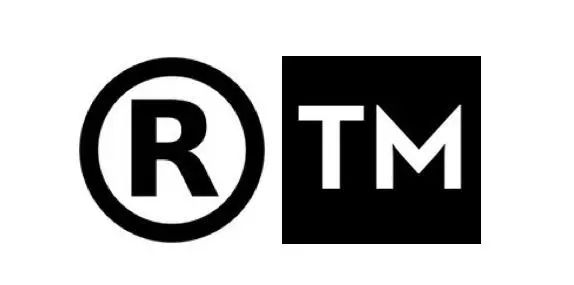

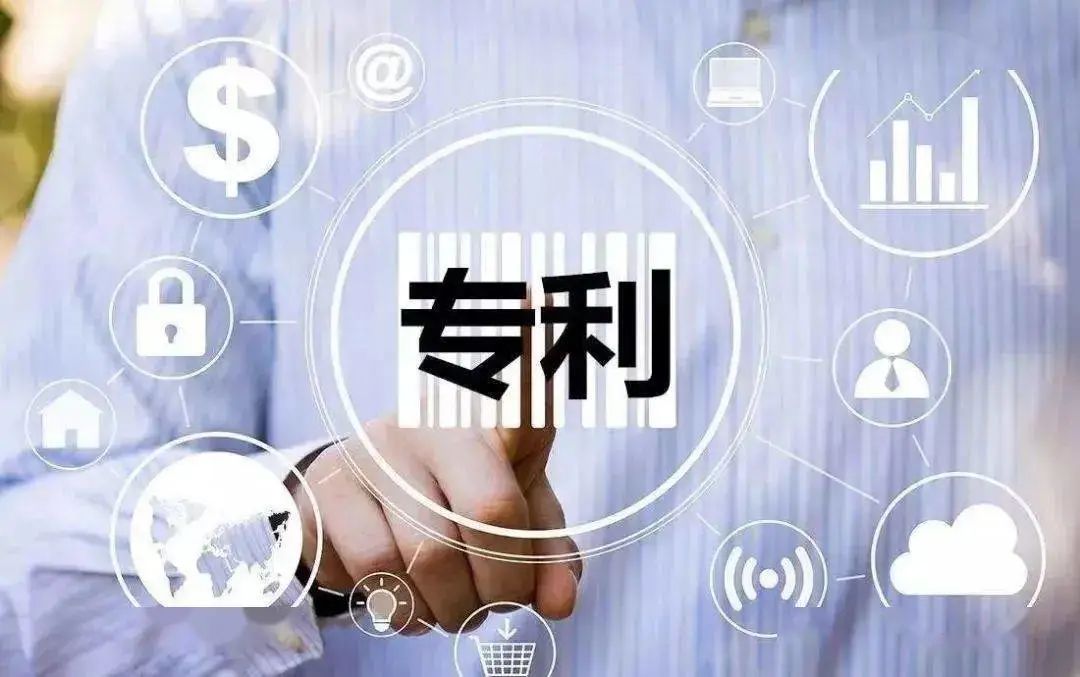



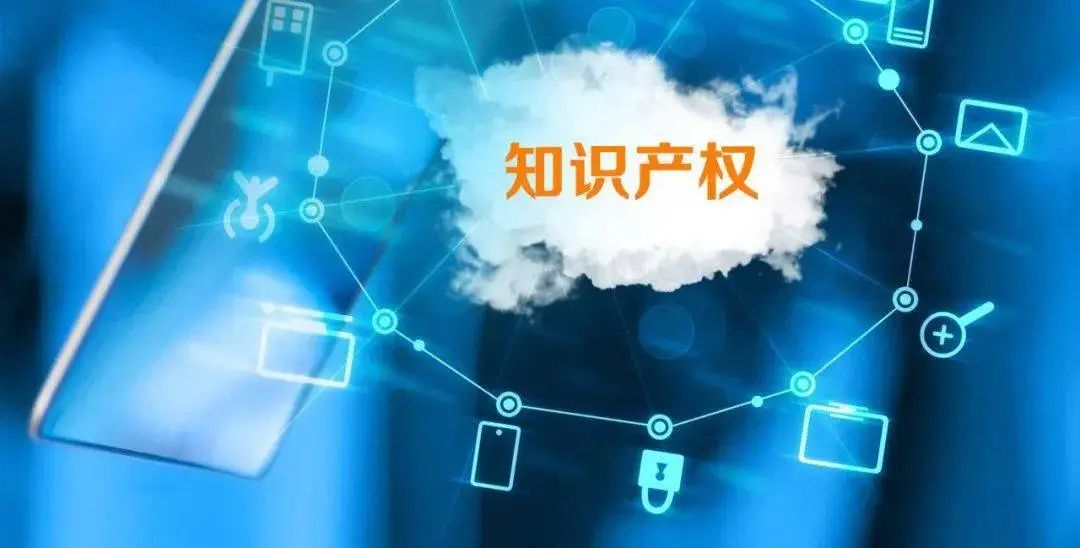



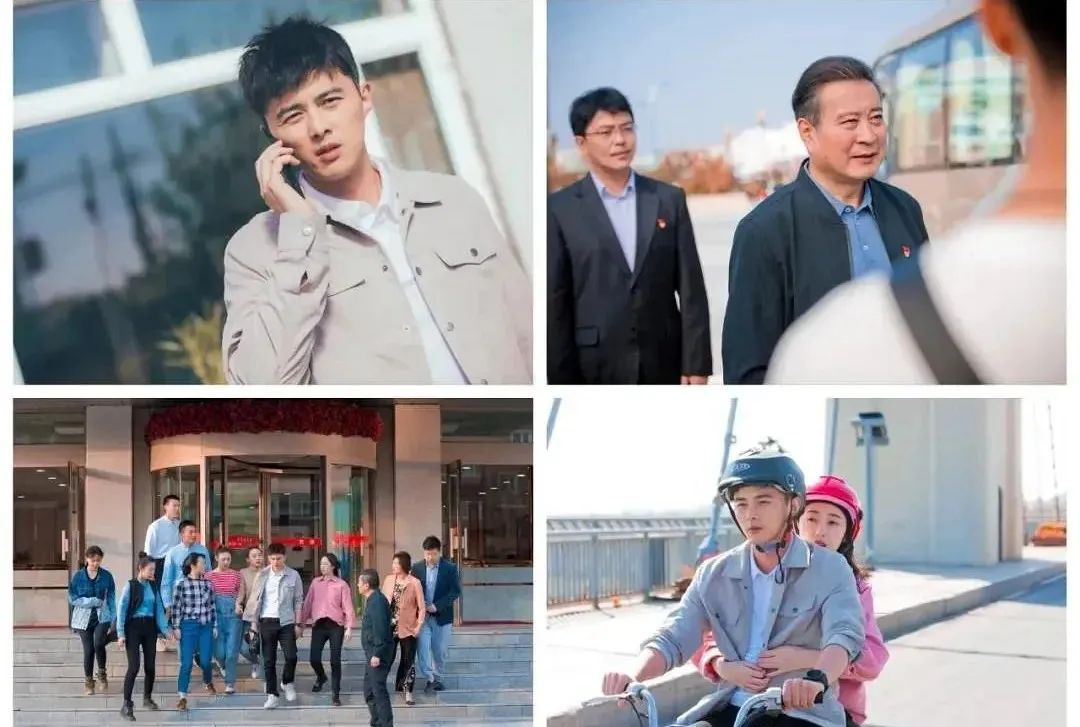 Stills from the movie on the green spring-day that starts me home.
Stills from the movie on the green spring-day that starts me home.
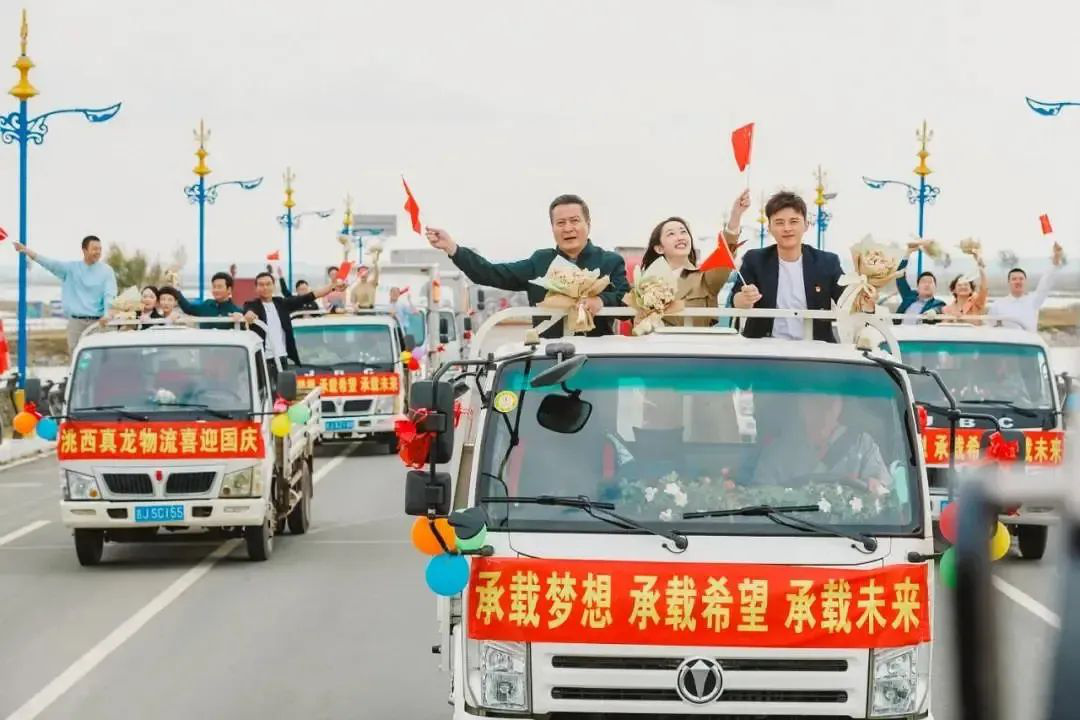


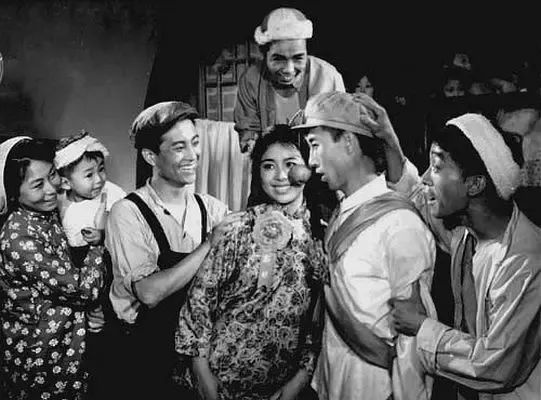 Stills of the movie Young People in Our Village
Stills of the movie Young People in Our Village